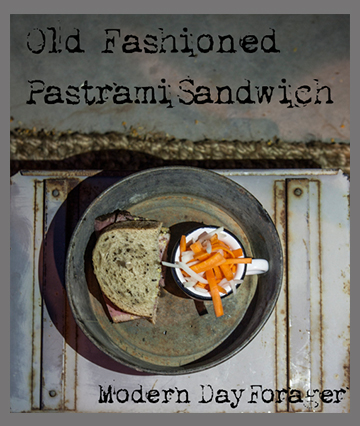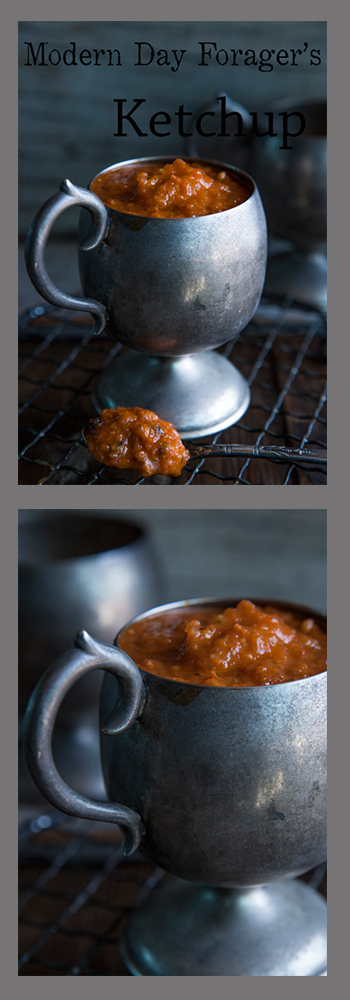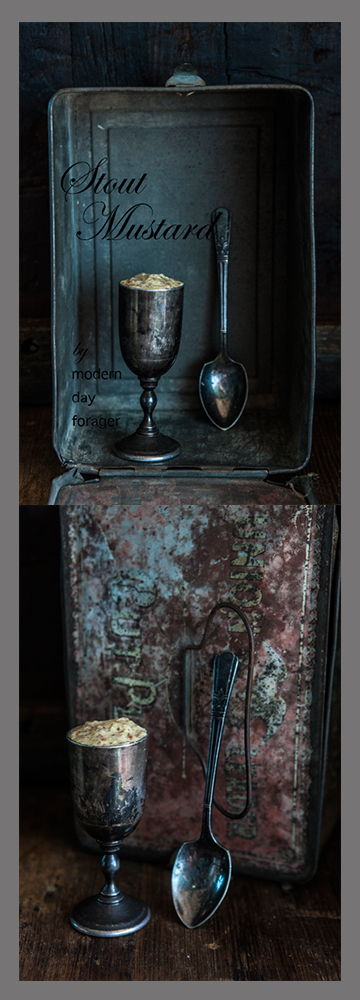Modern’s Old Fashioned Pastrami on Rye
Paying tribute to an old fashioned deli masterpiece. One of the simplest, most familiar, sandwiches is pastrami on rye, and for many, it is the king of all sandwiches.
Foolproof, this rich silky, garlicky, peppery and piled sky-high pastrami needs no bells or whistles. The magic happens, when crafting the meat– curing, spicing, crusting, smoking and steaming. Then, all that is needed is soft chewy seeded rye, one that has some sourness to it, along with a dusting of cornmeal on the bread’s surface. The bread must be warm (a must) and is the perfect vehicle to add a heaping helping of Modern’s Stout Mustard, which never disappoints. So curate high-quality meat or make your own. This iconic sandwich is as straight-forward as it gets, but provides a taste that you remember and want over and over, keeping you coming back for more.
I could not blog about pastrami without mentioning my favorite place in the world to have this sandwich, and it is not even in NYC. For me, Langer’s in LA, downtown LA no less, is truly the very best. It is a pastrami mecca, and the pastrami sandwich is taken very seriously at this landmark restaurant. So, if you are ever in Los Angles, this is a must-have sandwich.
Langer’s Deli
704 S. Alvarado Street
Los Angles ,90057
+ 213.483.8050 langersdeli.com
Modern’s Old Fashion Pastrami on Rye
- 12 ounces thick cut pastrami (Purchased from your local deli or make your own, recipes below)
- 4 slices of rye bread
- 2 tablespoons MDF Stout Mustard
- Place pastrami in a skillet over medium high heat. Cook until fat of pastrami starts to steam, cover with two slices of rye bread. Steam bread to warm, remove bread, flip over pastrami. Cover with remaining rye bread and steam.
- On your work surface, place 2 slices of steamed rye bread and spread each with 1 tablespoon MDF Stout Mustard. Layer each bread slice with 6 oz. thick cut pastrami; place two remaining slices of bread on top of pastrami.
- Enjoy!
Variations:
- Layer pastrami, sautéed onions and Thousand Island dressing on rye bread.
- Top with house made cole slaw
- Swiss Cheese
- Horseradish sauce
- Slice Pastrami thin and pile high
Home-Cured Beef Pastrami by Michael Ruhlman on Ruhlman.com
Ingredients:
- 6 ounces or 3/4 cups kosher salt
- 3 ounces or ½ cup sugar
- 2 teaspoons pink salt, optional
- 5 cloves garlic, smashed with the flat side of a knife
- 4 tablespoons pickling spice
- 1 5-pound beef brisket, the more fat it has the better
Rub:
Ingredients:
- 1 tablespoon peppercorn, toasted and ground (or as needed)
- 1 tablespoon coriander seed, toasted and ground (or as needed)
Directions:
- In pot large enough to hold brisket, combine 1 gallon/4 liters of water with kosher salt, sugar, sodium nitrite (if using), garlic and 2 tablespoons pickling spice. Bring to a simmer, stirring until salt and sugar are dissolved. Remove from heat and let cool to room temperature, then refrigerate until chilled.
- Place brisket in brine, weighted with a plate to keep it submerged; cover. Refrigerate for 2 days if it’s thin, a third day if it’s thick.
- Remove brisket from brine and rinse thoroughly. Refrigerate it for another day uncovered (this is best, to let cure equalize, but if you can’t wait, that’s ok too).
- Combine the pepper and coriander and coat the brisket with it. Smoke and cook the brisket, till tender, as described above. Slice thinly to serve. This will keep for a week in the refrigerated. Steam it to reheat or reheat covered in a microwave (gently).
Pickling Spice
Ingredients:
- 2 tablespoons black peppercorns
- 2 tablespoons mustard seeds
- 2 tablespoons coriander seeds
- 2 tablespoons hot red pepper flakes
- 2 tablespoons allspice berries
- 1 tablespoon ground mace
- 2 small cinnamon sticks, crushed or broken into pieces
- 2 to 4 bay leaves, crumbled
- 2 tablespoons whole cloves
- 1 tablespoon ground ginger
Directions:
- Combine peppercorns, mustard seeds and coriander seeds in a small dry pan. Place over medium heat and stir until fragrant, being careful not to burn them; keep lid handy in case seeds pop. Crack peppercorns and seeds in mortar and pestle or with the side of a knife on cutting board.
- Combine with other spices, mix. Store in tightly sealed plastic or glass container.
Pastrami Recipe for use with Smoker and Cherry Wood
Ingredients:
- 1/2 cup kosher salt
- 1/2 cup brown sugar
- 1/4 cup black peppercorns
- 4 tablespoons coriander seeds
- 5 cloves garlic, smashed
- 2 bay leaves
- 5 to 6 pound brisket flat, trimmed
- 1 qt beef stock
- 2 12 ounce bottles of beer
- 3/4 gallon cold water
- 4 tablespoons pickling spices
- 4 bay leaves
- 2 tablespoons additional juniper berries
- 2 tablespoons additional black peppercorns
Directions:
- Place peppercorns and coriander seeds in a grinder and grind until coarsely chopped. Mix the salt, sugar, garlic, and ginger with the seasonings from the grinder.
- Reserve 1/4 of the seasonings. Rub the flat thoroughly on all sides with seasonings. Wrap in plastic wrap, then aluminum foil. Place in a glass pan in the refrigerator. Turn daily for at least one week, up to two weeks is better. Remove brisket from all wrappings. Place on rack in pan so it can drain, and put uncovered in refrigerator overnight, until very dry.
- Prepare smoker with cherry wood at lowest temperature while still producing smoke. Place cold flat in the smoker. Smoke for 3 hours,
- Remove from smoker and place in a large dutch oven. Cover with beef stock, beer and water. Add the reserved rub, the pickling spice, the bay leaves, the additional juniper berries, and the additional black peppercorns.
- Simmer covered until tender about 3 hours.
- Remove from pot and slice. (cut across grain)
Modern Day Forager





